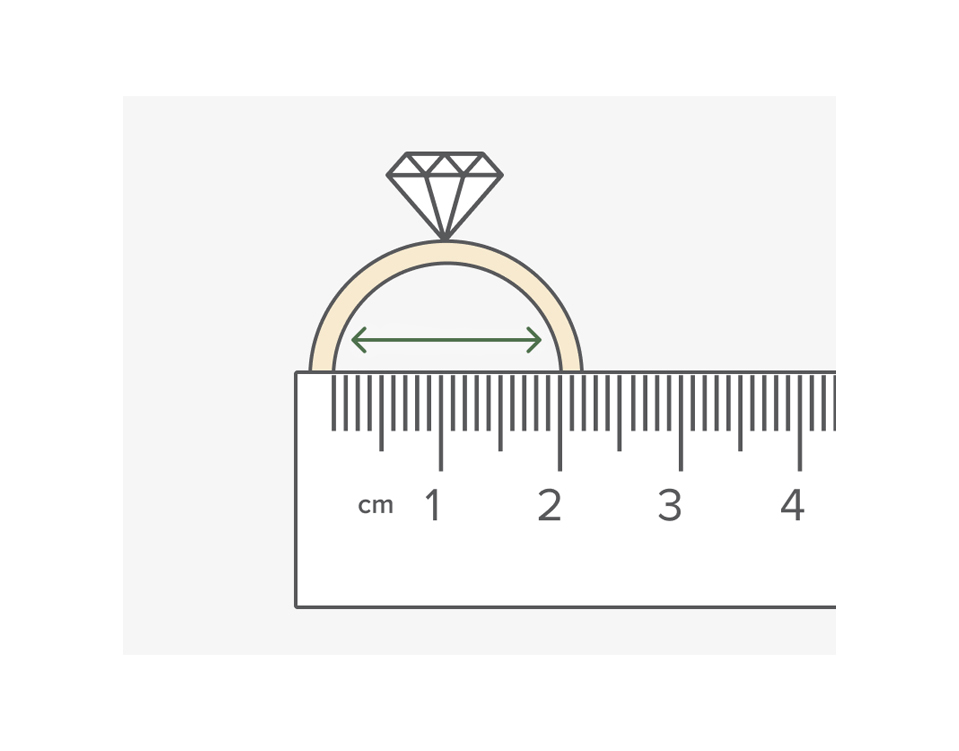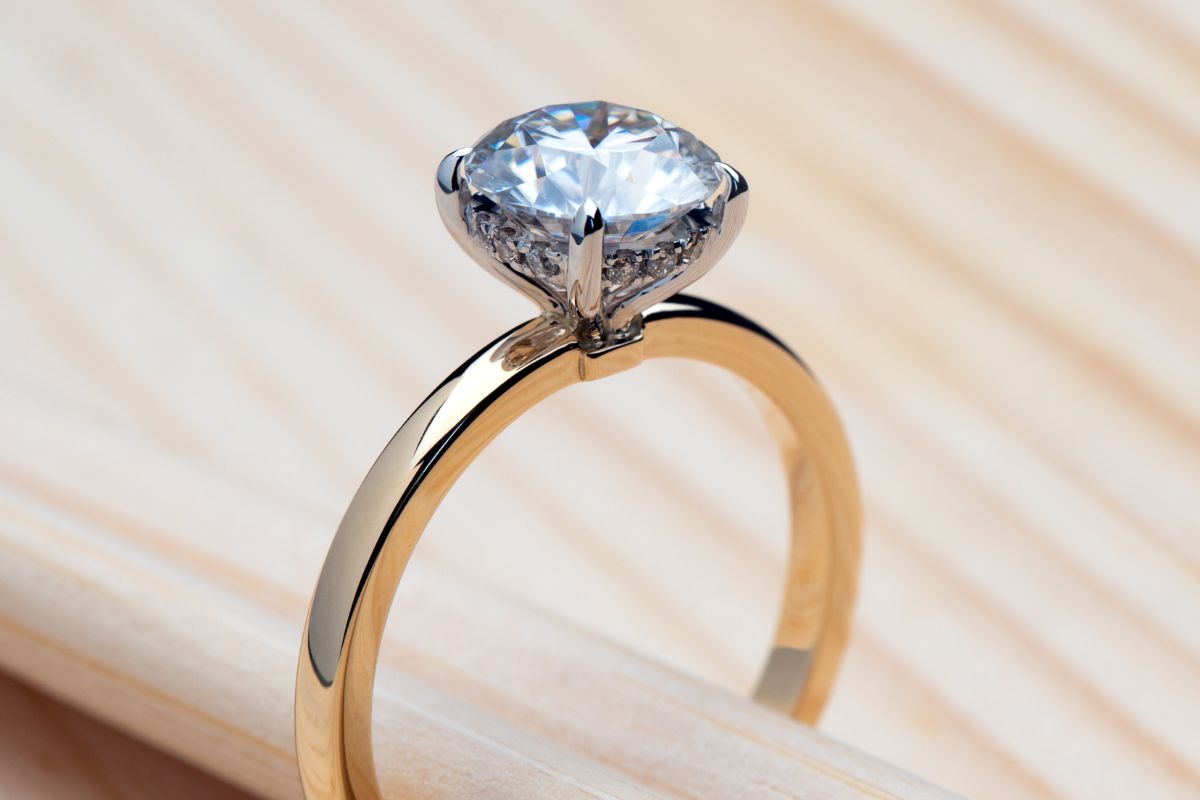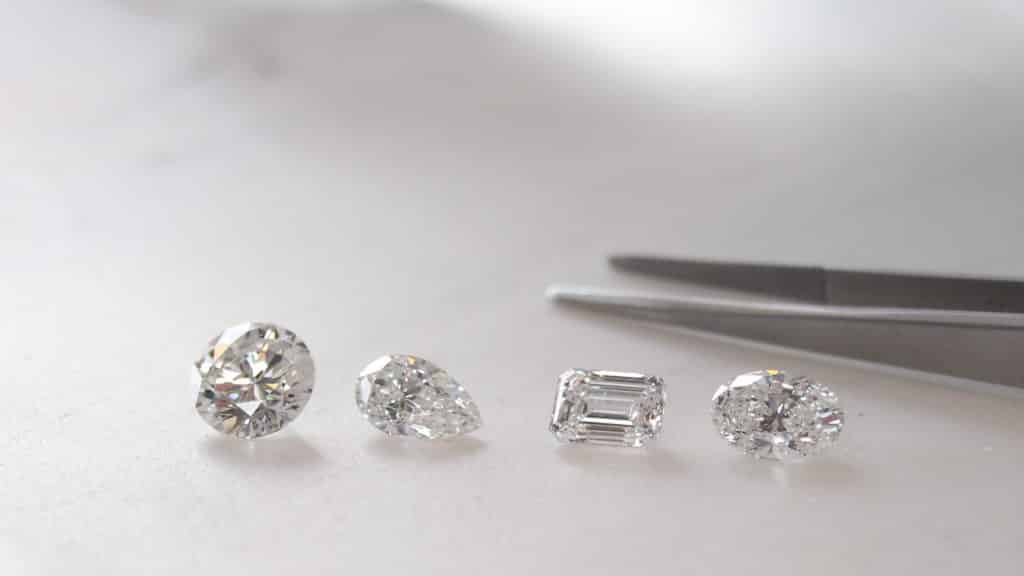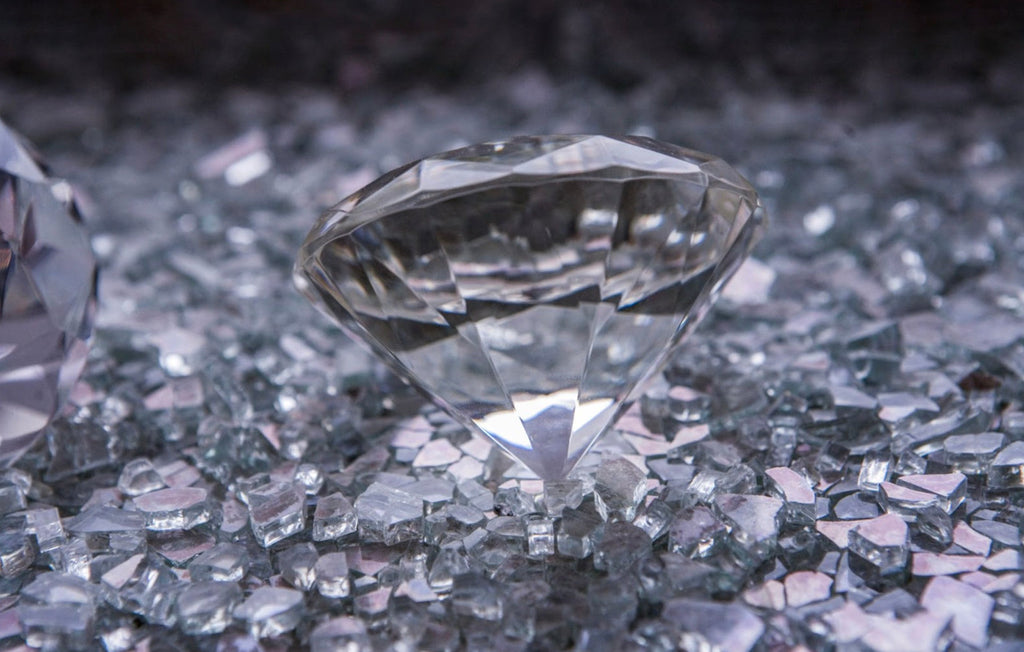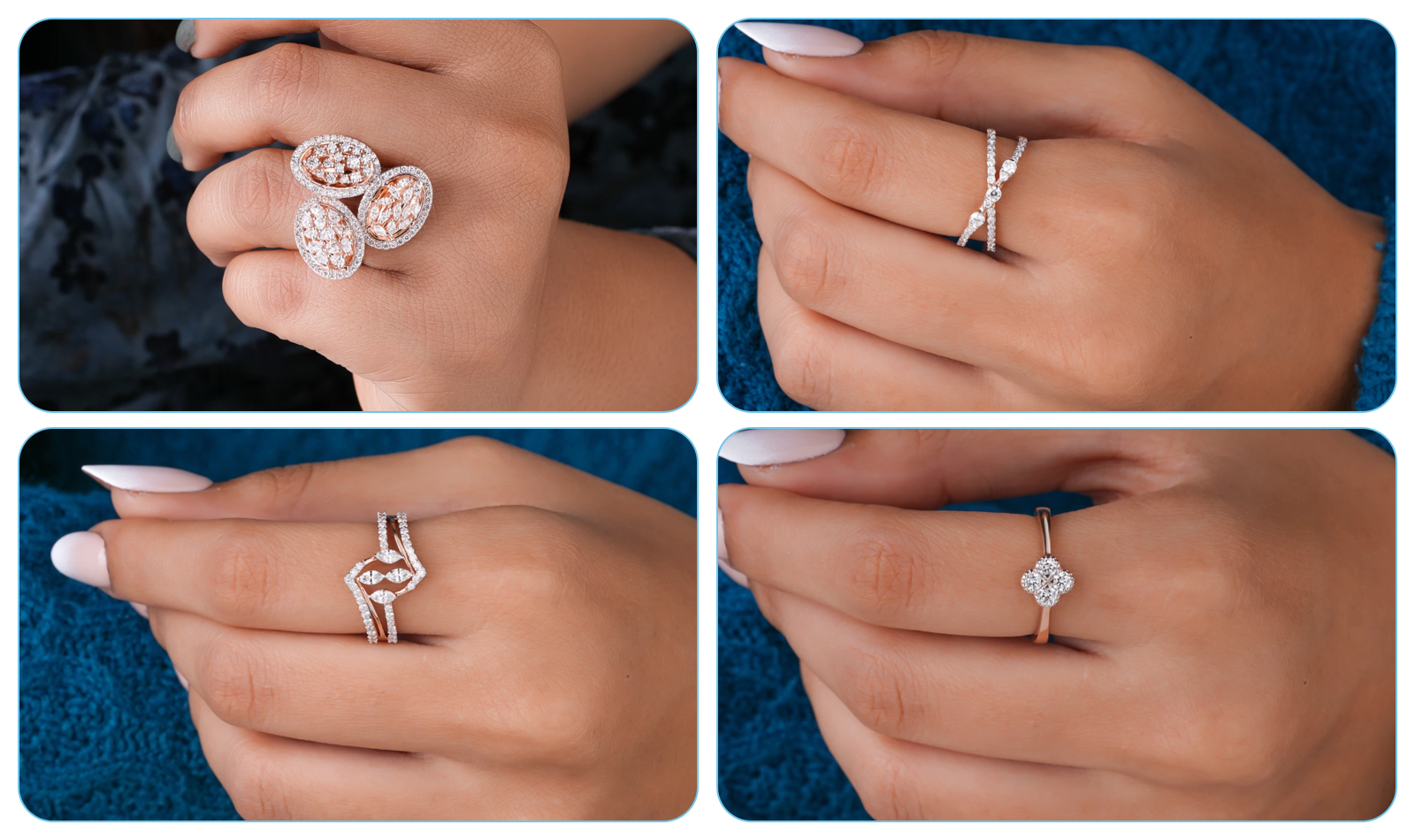When purchasing a ring featuring lab-made diamonds, ensuring the right size is crucial. Lab-made diamonds are becoming increasingly popular due to their eco-friendliness, ethical sourcing, and high quality. However, measuring the correct ring size for a lab diamond ring can be slightly different from traditional diamonds, and it’s essential to get it right to ensure a comfortable and perfect fit. In this article, we’ll guide you through how to measure lab diamond ring size accurately, step by step.
Table of Contents
Understanding Lab-Made Diamonds and Their Unique Characteristics
Lab-made diamonds, also known as synthetic or cultured diamonds, are diamonds that are created in a laboratory environment rather than mined from the earth. Despite being grown in a lab, these diamonds have the same chemical and physical properties as natural diamonds. Because they’re indistinguishable from mined diamonds, lab-made diamonds have grown in popularity for engagement rings, wedding bands, and other fine jewelry. When shopping for a lab diamond ring, getting the right size ensures that the ring will fit comfortably, allowing you to enjoy your beautiful lab diamond jewelry for years to come.
Why Ring Size Matters for Lab Diamond Rings
Lab diamond rings are a significant investment, and their fit should never be overlooked. A properly sized ring will not only feel comfortable but will also protect the delicate diamond setting. When the ring is too tight, it can cause discomfort, while a ring that’s too loose may fall off or shift around, potentially damaging the diamond. Therefore, knowing how to measure your lab diamond ring size correctly is essential for both comfort and protection. Additionally, getting the size right ensures your lab diamond ring will continue to look stunning, remaining securely in place as you wear it.
Methods for Measuring Your Lab Diamond Ring Size at Home
There are several ways to measure your lab diamond ring size at home before making a purchase. One common method involves using a ring that already fits your finger comfortably. Simply take that ring and measure its inner diameter using a ruler or a caliper. Once you have the diameter, you can compare it to an online ring size chart to find your exact size. However, keep in mind that ring sizes can differ between countries, so make sure you use the appropriate chart based on your location or the jeweler’s system.
Alternatively, you can measure your finger directly. Start by wrapping a piece of string or a paper strip around the base of your finger, marking where the string overlaps. Then, measure the length of the string using a ruler. This measurement can be used to find the corresponding ring size on a chart. This method is especially useful when shopping for a lab diamond ring online or when visiting a jeweler to ensure an accurate fit.
Visiting a Jeweler to Get an Accurate Lab Diamond Ring Size
If you’re unsure about how to measure your lab made diamonds ring size at home, the best option is to visit a professional jeweler. A jeweler can use specialized tools like a ring sizer or a mandrel to measure your finger accurately. This is the most reliable method since it accounts for factors like finger shape and any potential swelling that might affect the fit. Many jewelers will even offer a free ring resizing service, allowing you to adjust the size if necessary after purchasing your lab diamond ring.
Visiting a jeweler is also beneficial if you’re purchasing a custom lab diamond ring or one that requires specific adjustments. They can help you ensure that the ring not only fits properly but also complements your finger and personal style.
Important Factors to Consider When Measuring for a Lab Diamond Ring
When measuring your lab diamond ring size, there are a few important factors to keep in mind. First, it’s crucial to measure your finger at the right time of day. Fingers tend to expand slightly in the morning and contract in the evening, so measuring your finger in the evening or at room temperature will give you the most accurate reading. You should also avoid measuring your finger when it’s swollen due to heat, exercise, or humidity, as this can lead to an incorrect measurement.
Additionally, the width of the band can affect the fit. Wider bands, like those often used in lab diamond engagement rings, may require a slightly larger size to ensure comfort. Be sure to consider the band’s width when measuring for your lab diamond ring to account for these nuances.
How to Resize a Lab Diamond Ring If It Doesn’t Fit
Even with careful measurement, there may be times when your lab diamond ring doesn’t fit as expected. If the ring is too tight or too loose, it can be resized. Most jewelers can resize a lab diamond ring, but there may be limitations based on the ring’s design and the type of setting used for the diamond. For instance, if the band is particularly intricate or the diamond is set in a delicate way, resizing may be more difficult.
In such cases, it’s important to work closely with a jeweler who specializes in lab-made diamonds to ensure the resizing process does not affect the diamond or its setting. Resizing a lab diamond ring may take a few days, but it’s worth the wait to get the perfect fit for your precious piece of jewelry.
Conclusion: Getting the Perfect Fit for Your Lab Diamond Ring
Knowing how to measure lab diamond ring size is essential when purchasing a lab-made diamond ring. Whether you choose to measure at home using a ring sizer, visit a jeweler, or utilize an online chart, accurate measurements ensure that your ring will fit comfortably and securely. Remember to consider factors such as the band width and the time of day when measuring. With the right size, your lab diamond ring will not only look stunning but will also remain a joy to wear for years to come.

